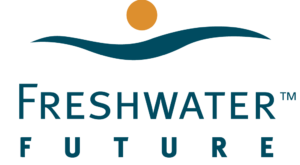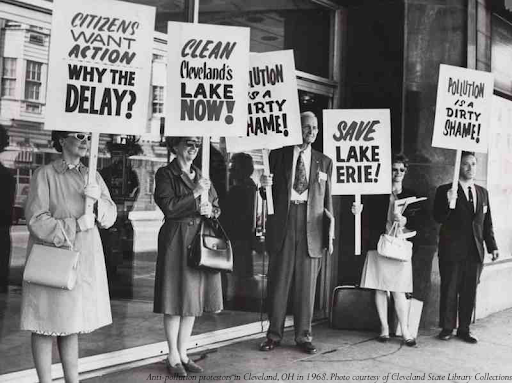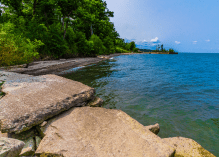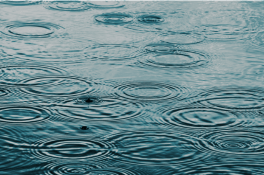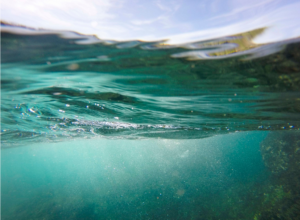Lake Erie, the smallest and most biologically diverse Great Lake, has been supporting the physical, economical and spiritual health of people for thousands of years. The name Lake Erie was derived from the Iroquoian word erielhonan, meaning “long tail.”. In Anishinaabemowin the lake is called Waabishkiigoo-Gichigami (Neautral’s Sea) or Aanikegamaa-Gichigami (Chain of Lakes Sea).
We are drawn to the lake’s warm water, extensive beaches, marshland, Carolinian forest and islands. Lake Erie’s sandy shorelines and shallow waters are critical habitat for migratory birds and butterflies, and nourish one of the world’s largest freshwater fisheries. Over 11 million of us rely on the Lake Erie watershed for our drinking water. It has, does, and will, hopefully, continue to sustain us into the future. But Lake Erie is in danger.
Over the past 150 years, our relationship with Lake Erie has been a rollercoaster of environmental victories and crises. Industrialization and urbanization along Lake Erie in the first half of the 20th century caused extensive nutrient (phosphorus and nitrogen) and toxic chemical/metal pollution. Algal blooms, fish kills and even a river in flames led to the declaration that “Lake Erie is dead’ in the late 1960s. The resulting public outcry led to government action. The Canada Water Act and the US Clean Water Act came into effect in 1970 and 1972, respectively. In 1972, Canada and the United States signed the Great Lakes Water Quality Agreement – a commitment to bi-national, coordinated efforts to restore the Great Lakes. While not perfect, significant progress was achieved – pollution control measures for industrial contaminants and sewage treatments were implemented, and phosphates in laundry detergent were banned. And Lake Erie rebounded – for the next 30 years Lake Erie was celebrated as a success story about how a polluted lake can be brought back to life.
Unfortunately, the health of Lake Erie did not last. Initial efforts to reduce nutrient pollution (such as eliminating phosphorus in detergents) are no longer enough as excess phosphorus (primarily from agriculture), combined with the impacts of climate change (warming waters, changing weather patterns) are resulting in eutrophication of the lake. Since the early 2000s there has been an increase in nuisance and toxic Harmful Algal Blooms (HABS) in Lake Erie. HABs are explosive growths of toxic cyanobacteria or blue-green algae, which are capable of producing toxins that pose a risk to human and animal health. In 2014, a HAB forced the city of Toledo, Ohio to warn residents to stop using its drinking water. The formation of HABs are now a common occurrence in Lake Erie, impacting communities in both the US and Canada. HABs threaten drinking water supplies, close beaches to swimming and boating, and create ‘dead zones’ where fish cannot survive. Recently, studies have also shown that simply recreating in areas with HABS can have health impacts.
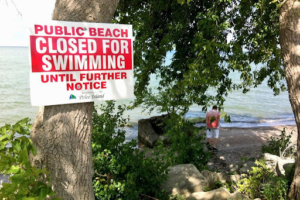 Cleaning up Lake Erie again will require sizeable collective efforts and long-term commitments from the federal, provincial and state governments as well as many communities and stakeholders all around the lake. In 2018, the provincial and federal governments released the Canada-Ontario Action Plan for Lake Erie which is a coordinated plan for addressing nutrient pollution in Lake Erie and includes program and implementation details and enhanced monitoring efforts. This plan was developed because of extensive public engagement and partnerships among communities, organizations and businesses that depend on Lake Erie. Unfortunately progress on the implementation of the plan and the momentum that inspired the Canadian and Ontario governments to take action is waning. While securing strong action plans and additional funding were critical wins, successfully ensuring the future health of Lake Erie will ultimately depend on more public attention and engagement. It is more important than ever to make sure that the story of Lake Erie is heard.
Cleaning up Lake Erie again will require sizeable collective efforts and long-term commitments from the federal, provincial and state governments as well as many communities and stakeholders all around the lake. In 2018, the provincial and federal governments released the Canada-Ontario Action Plan for Lake Erie which is a coordinated plan for addressing nutrient pollution in Lake Erie and includes program and implementation details and enhanced monitoring efforts. This plan was developed because of extensive public engagement and partnerships among communities, organizations and businesses that depend on Lake Erie. Unfortunately progress on the implementation of the plan and the momentum that inspired the Canadian and Ontario governments to take action is waning. While securing strong action plans and additional funding were critical wins, successfully ensuring the future health of Lake Erie will ultimately depend on more public attention and engagement. It is more important than ever to make sure that the story of Lake Erie is heard.
What YOU can do to help Lake Erie!
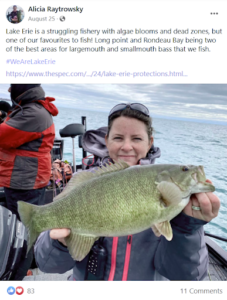
-
Share your photos of your experiences with Lake Erie on Facebook, Instagram and Twitter with #We Are Lake Erie on August 31!
-
Engage with local groups that are supporting Lake Erie such as local Conservation Authorities, Land Trusts, and sustainable agricultural organizations (EFAO, Innovative Farmers, OSCIA, Ontario Soil Network).
-
Tell your local MPPs, MPs, states and municipalities that the future of Lake Erie is important to you and encourage them to take concrete action on the Canada-Ontario Action Plan for Lake Erie and implement the Memoranda of Understanding on Lake Erie signed by Michigan, Ohio and Ontario.
